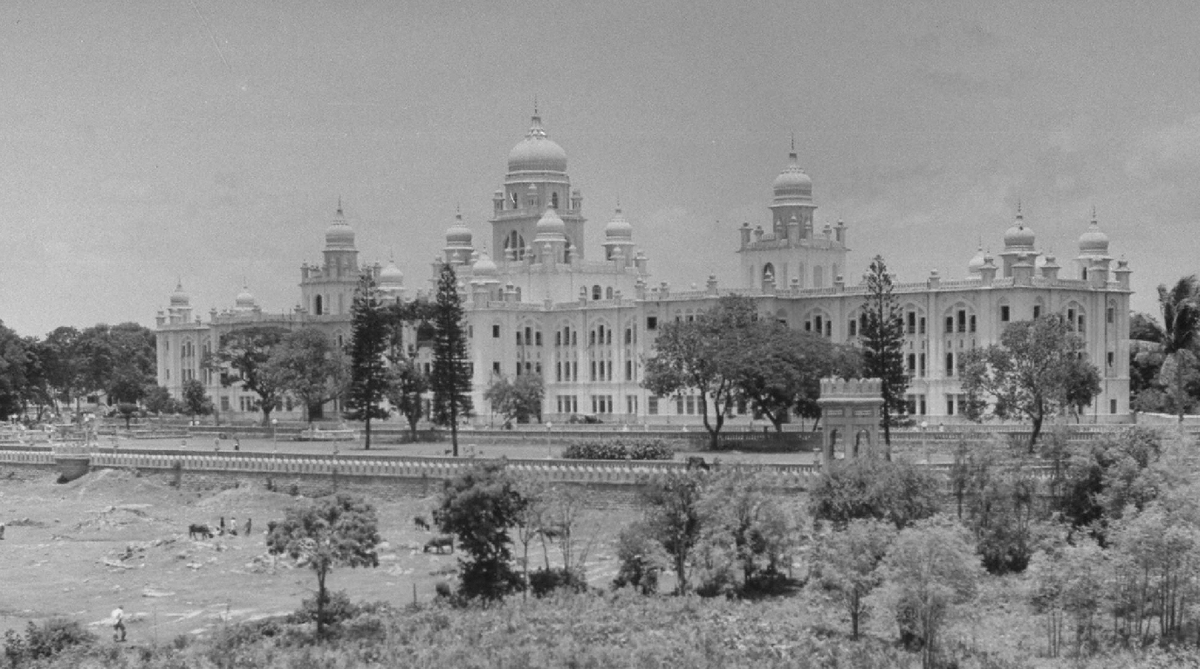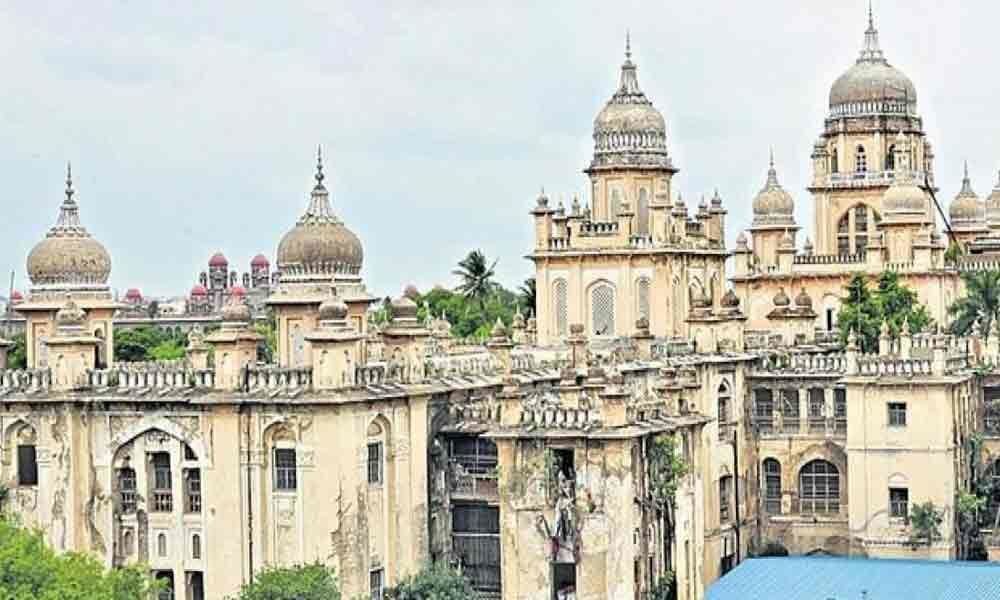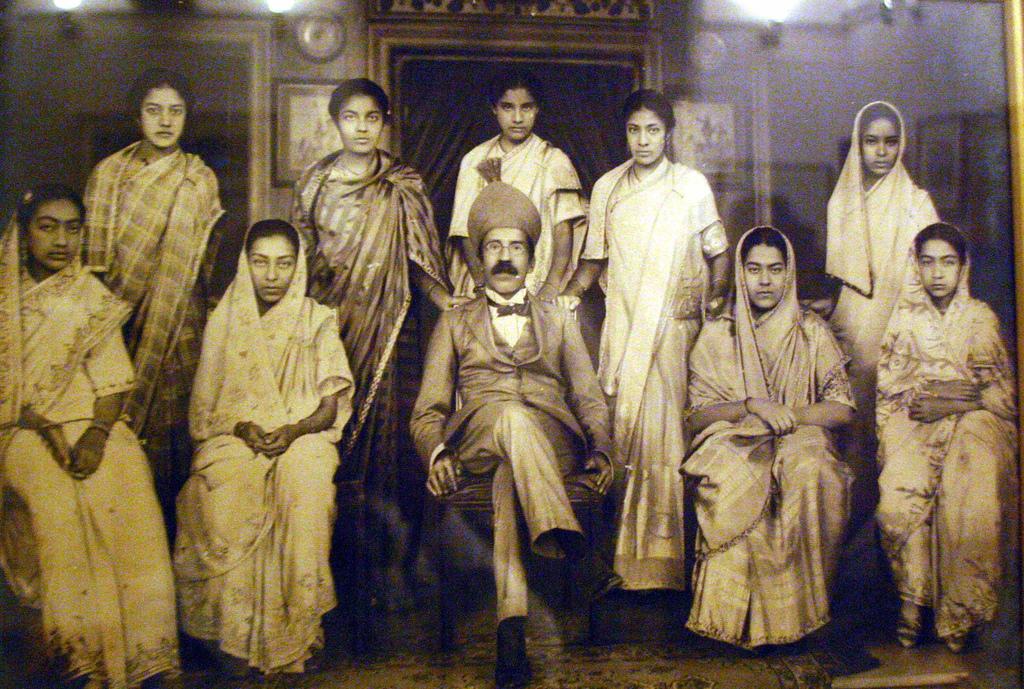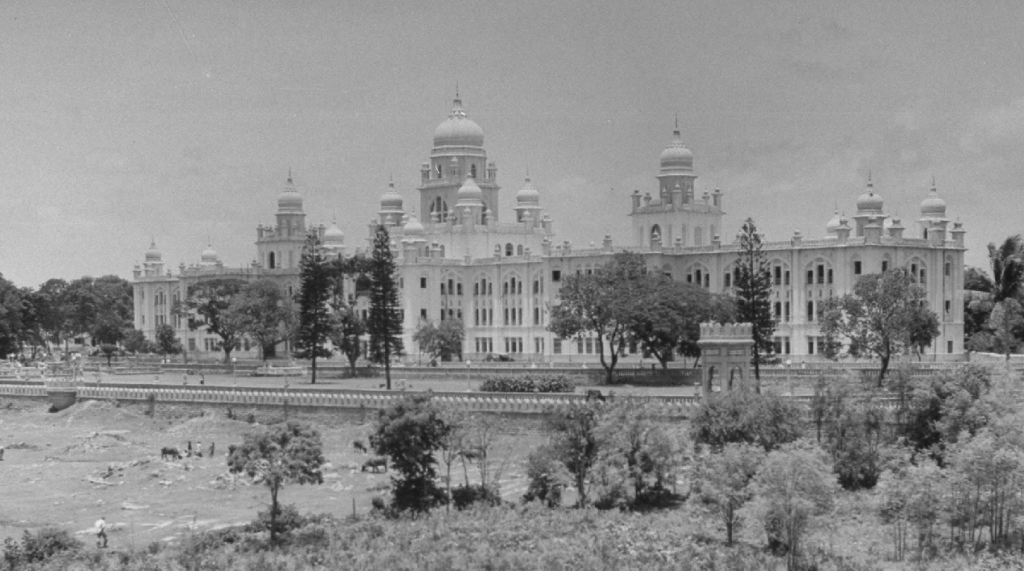The decision to demolish the historic building of Osmania General Hospital (OGH) in Hyderabad, India, has ignited a passionate debate, pitting development against the preservation of the city’s rich heritage. The government’s announcement, made through an affidavit submitted to the High Court on July 27, outlines plans to tear down the old OGH building, citing its unsuitability for hospital use, and replace it with a new 1800-bed facility. While the move is aimed at advancing medical infrastructure, it has elicited a range of responses from citizens, historians, and experts alike.
Development vs. Heritage: A Divided Discourse
The proposed demolition of the OGH building has evoked contrasting viewpoints among the public. On one hand, proponents of development argue that progress necessitates modern facilities to accommodate the growing healthcare needs of the city’s populace. The government’s decision to replace the aging structure with a state-of-the-art medical facility is seen as a crucial step forward in advancing healthcare infrastructure.

Conversely, defenders of heritage contend that the OGH building holds immense historical and cultural significance that should be preserved for future generations. Noted Scottish historian William Dalrymple expressed his dismay, decrying the decision as “Barbarous philistinism,” highlighting the potential loss of a tangible link to Hyderabad’s past.
Balancing Priorities: Preservation with Progress
Author and policy analyst Sanjaya Baru weighed in on the controversy, suggesting that a middle ground could have been achieved by preserving the OGH structure while simultaneously erecting a new building adjacent to it. This compromise, he argued, could cater to both the sentimental attachment of medical professionals who trained within the historic walls and the imperative of modern healthcare infrastructure.

Echoing this sentiment, historian Mohammad Safullah proposed a strategic approach that would retain the heritage structure while accommodating the requirements of modern healthcare. He envisioned the coexistence of the new medical facility and the historic building, allowing the preservation of the iconic skyline that has graced the city for over a century.

A Plea for Conservation and Engagement
Historian Inamur Rahman Ghayur lamented the gradual decay of the OGH building, asserting that with proper planning, the structure could have been safeguarded. Ghayur emphasized the emotional connection of doctors who received their training within the venerable institution, underscoring the significance of the building in the medical community’s collective memory.
Syed Nasir Ul Haq, a senior heritage expert, offered an alternative path forward. He proposed that an NGO take up the cause of preserving the OGH building as part of its corporate social responsibility (CSR) initiative. Such an endeavor, he believed, could lead to the conservation of the cherished heritage structure and ensure its continued presence on the city’s landscape.
The Way Forward: A Delicate Balance
As Hyderabad grapples with the complex interplay between progress and heritage, the fate of the Osmania General Hospital building hangs in the balance. The clash between development aspirations and the desire to safeguard historical identity underscores the challenges faced by cities striving to evolve while honoring their past. The discourse surrounding the OGH demolition plan serves as a poignant reminder of the delicate equilibrium that must be struck to forge a path toward a sustainable and harmonious urban future.

Contributor






